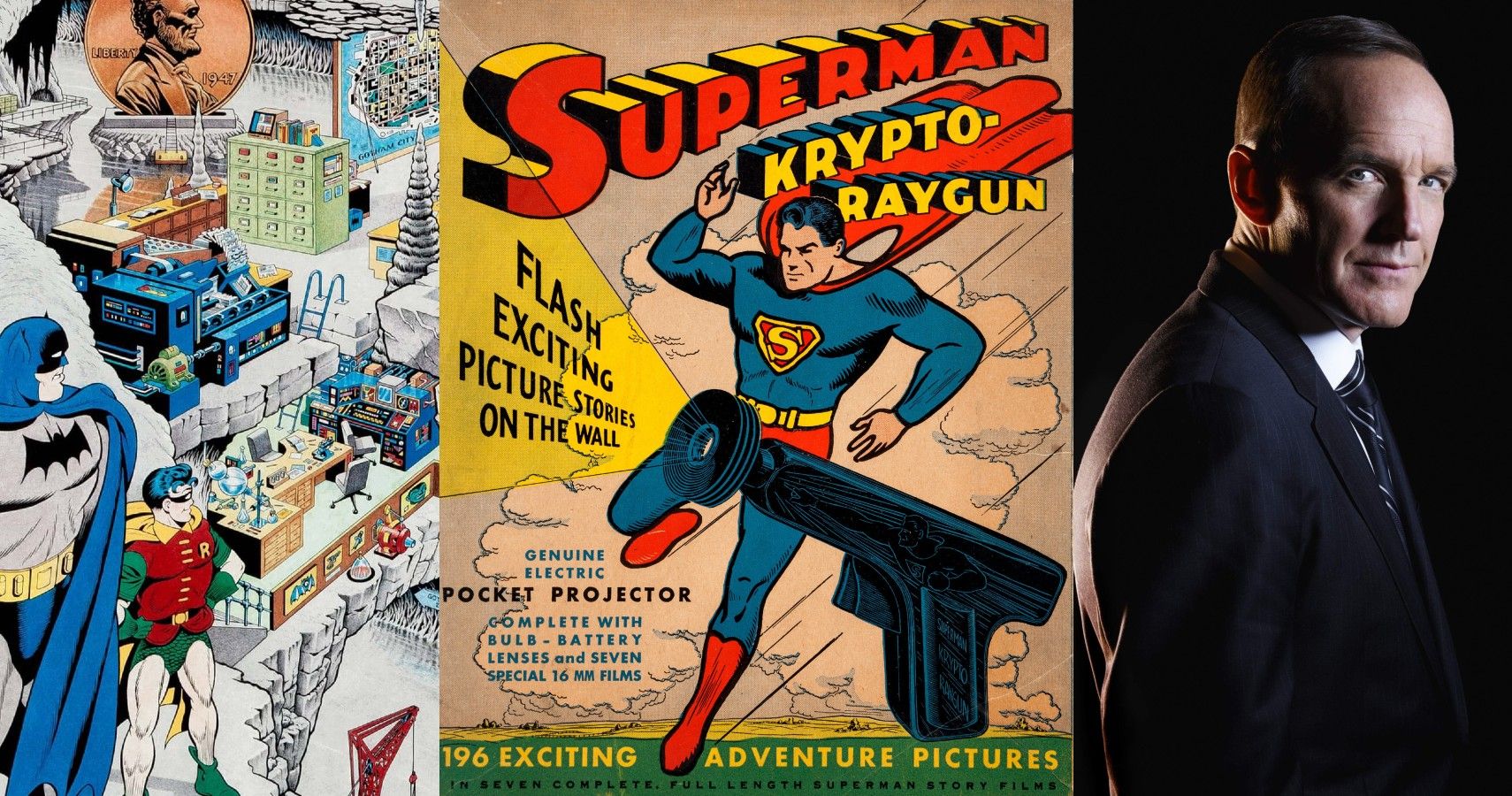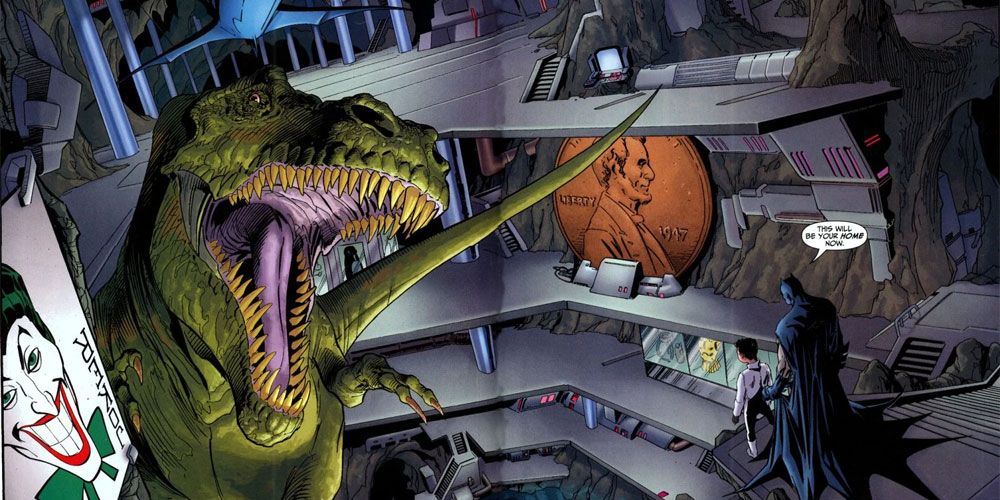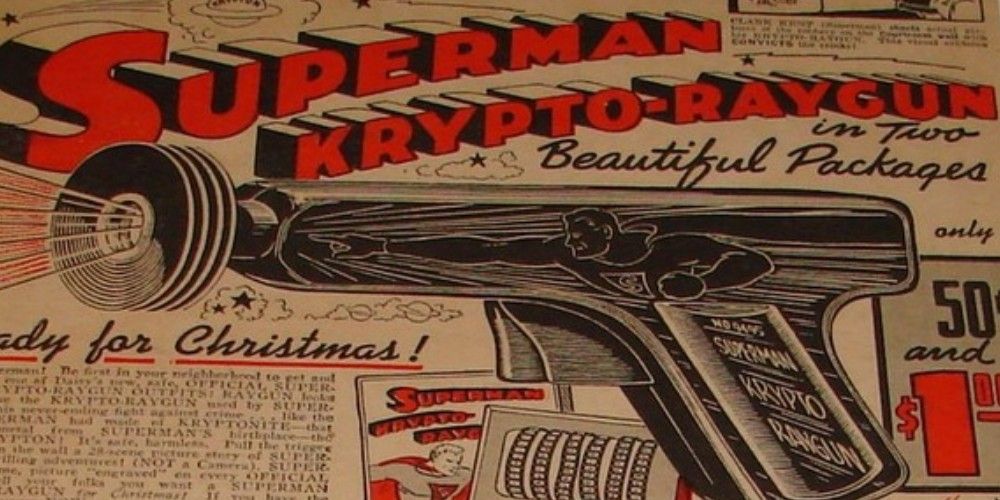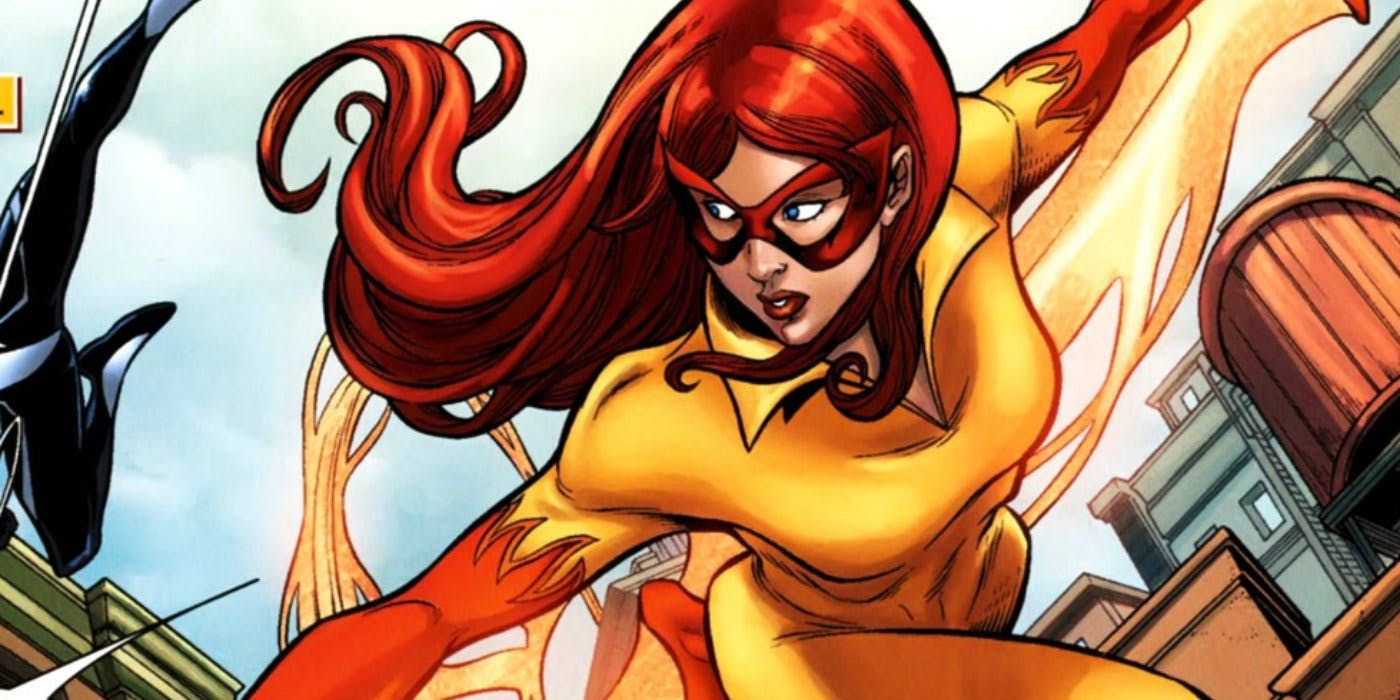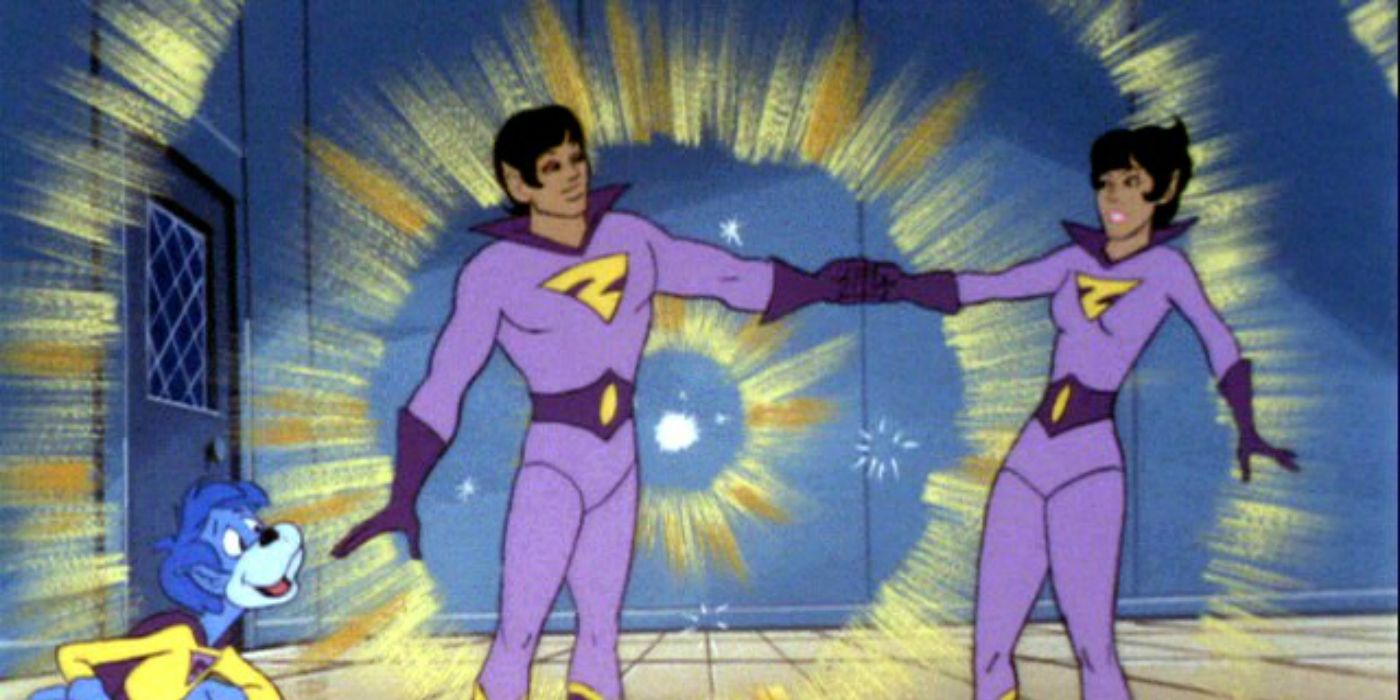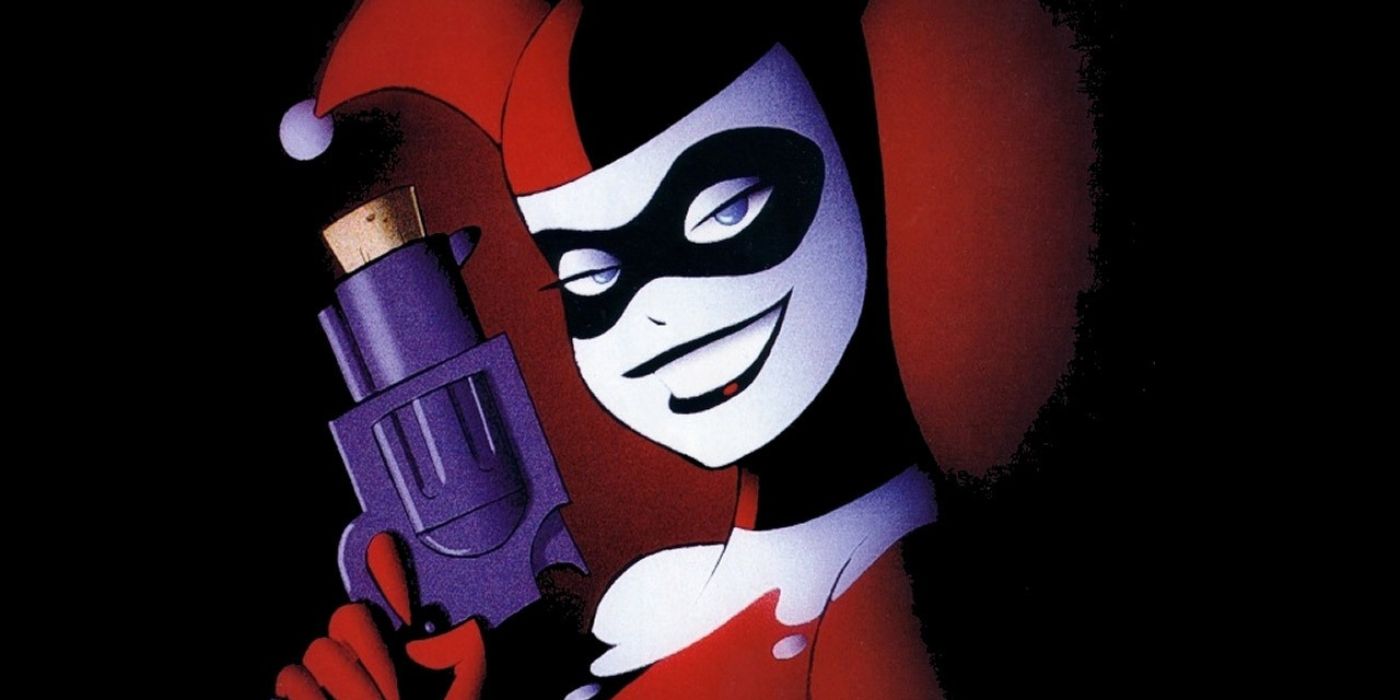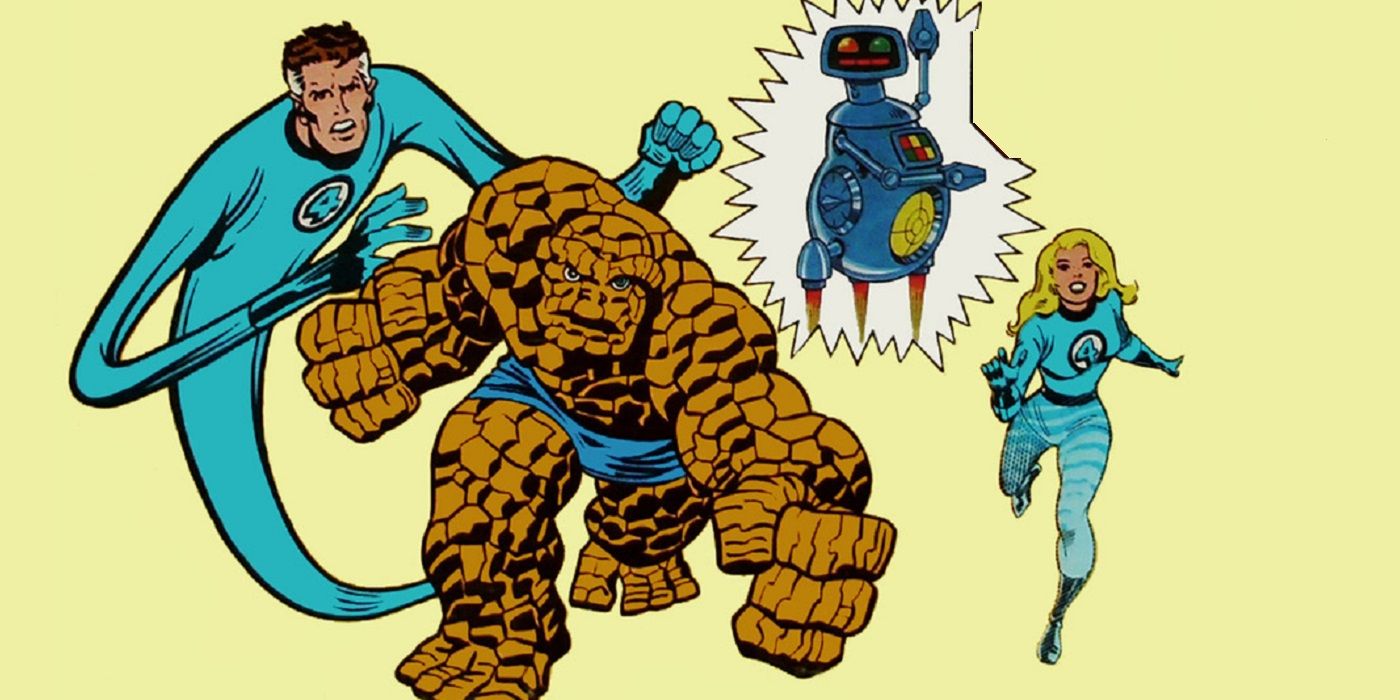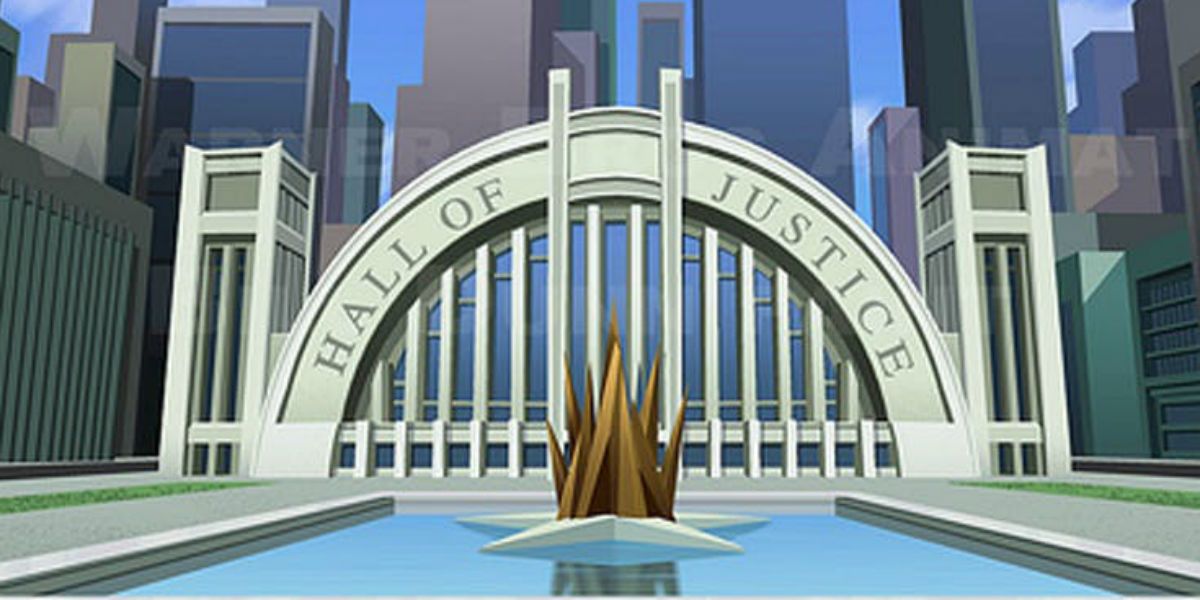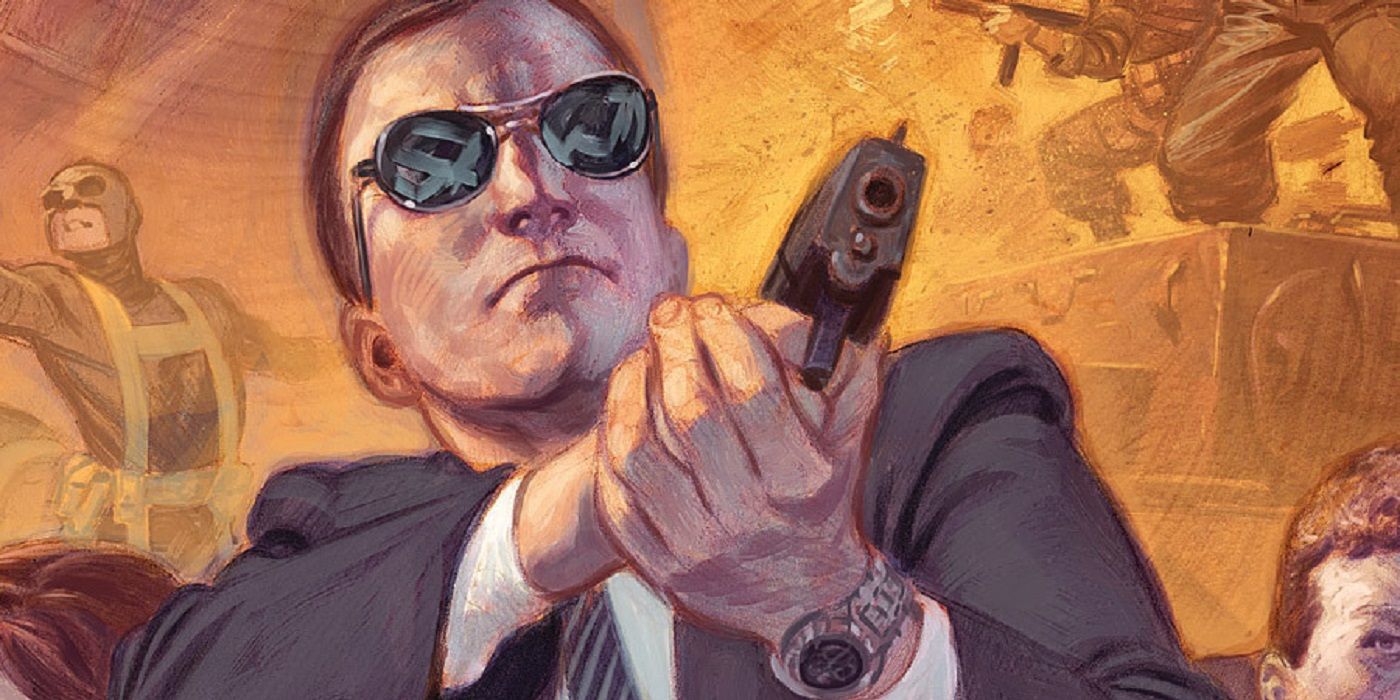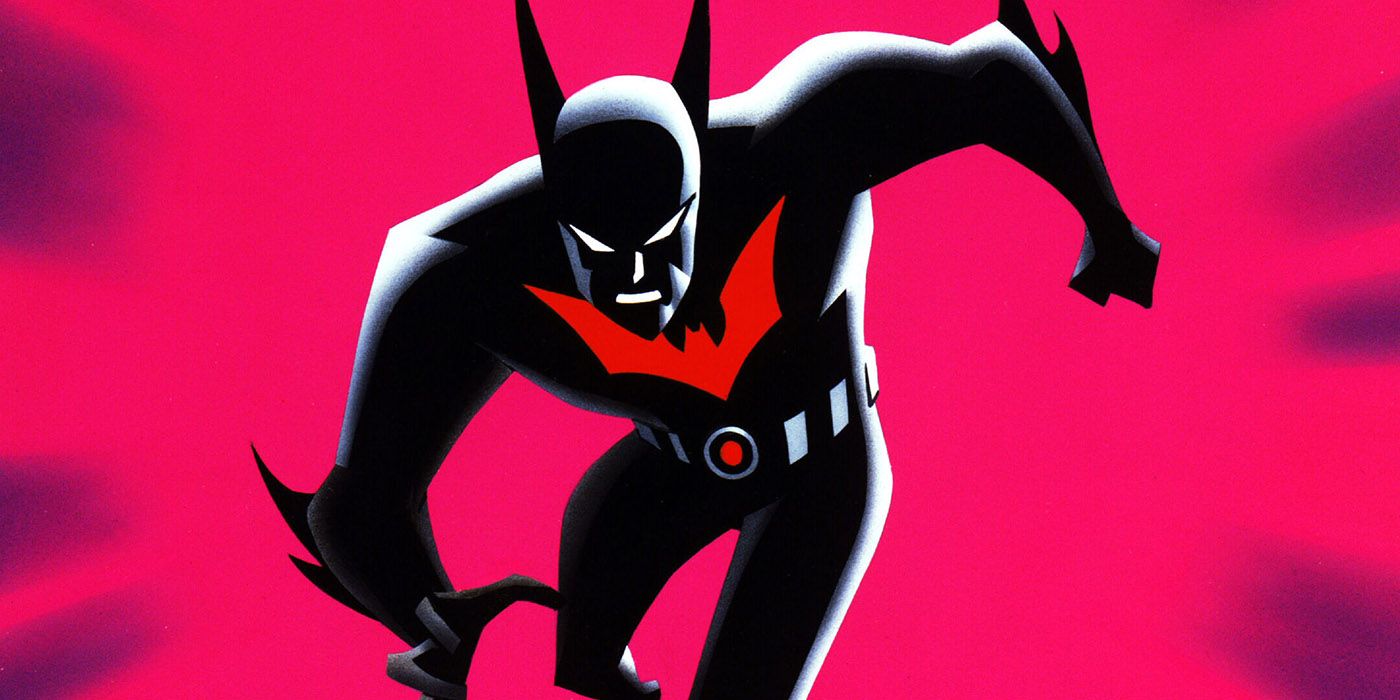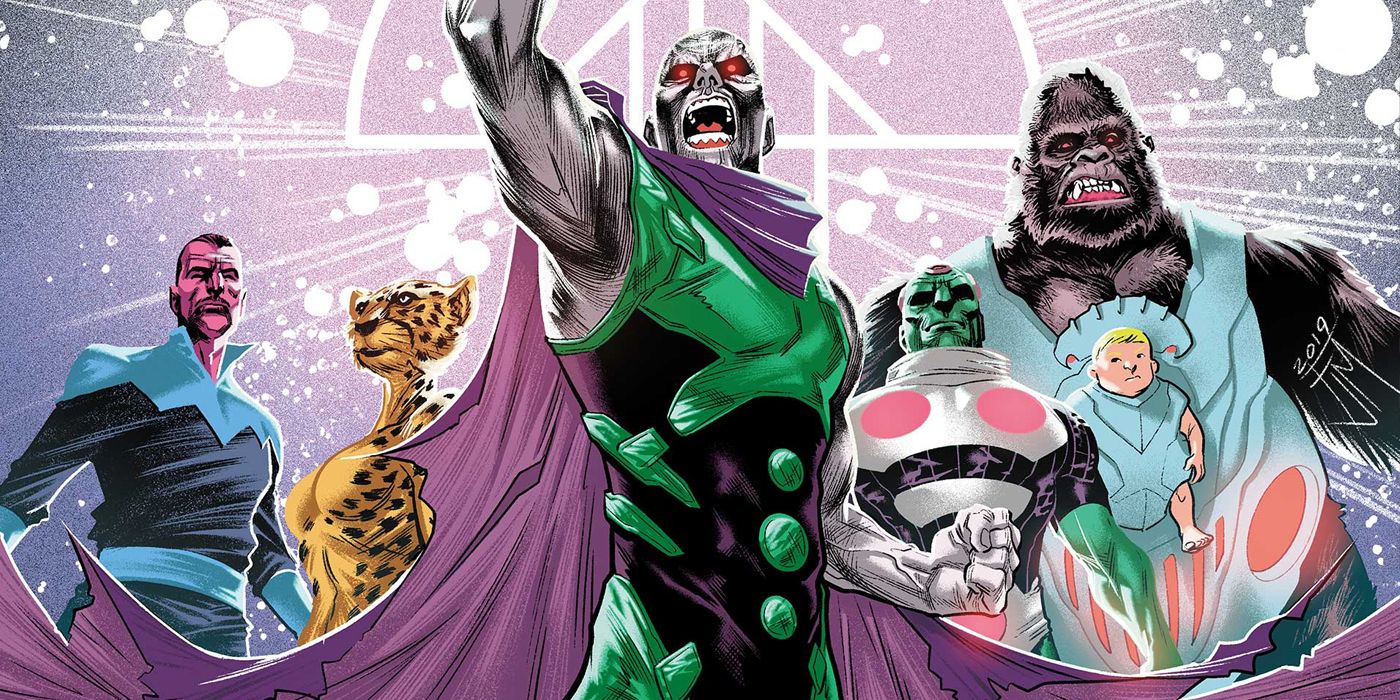Comics have given so many concepts to the world at large. Without characters like Flash, Captain America, or Wonder Woman, so many toys, movies, and TV shows we all love would never have existed. Even outside of your basic superhero stuff, concepts like alternate Earths and wacky gadgets have made their way into more basic stories like Sliding Doors and just about every James Bond movie.
And while these other forms of entertainment still owe a whole lot to comic books, they have certainly given back. Elements of some of our favorite comics and characters were actually birthed in mediums that aren't the four colored page. From advertisers looking for fun ways to sell toys to writers sneaking their friends into cartoons, these are 10 classic comic book concepts that didn’t come from the comics.
10 The Batcave
It seems like a no brainer that a man dressed like a bat would have a base that resembled the home of a bat, but it took years before anyone came up with the idea to give Batman the Batcave. In the early days of Batman's adventures, Bruce Wayne would travel from Wayne Manor to an old farmhouse via an underground tunnel. It wasn't until 1943, four years into Batman's existence, before someone came up with the Batcave.
The Batcave was created for the 1943 Batman serial, appearing in the second episode of the series, aptly titled "The Bat's Cave!" Bob Kane was there for the filming and liked the idea for the Batcave. He passed the concept to writer Bill Finger, who worked with Kane to flesh out the idea. The Batcave finally made its debut in print in the Batman newspaper dailies later that year. The Batcave finally made it to the comics in Detective Comics #83 in 1944.
9 Kryptonite
Like the Batcave, it is hard to imagine Superman without Kryptonite, but in reality, Superman was around for a decade before the deadly rock showed up in the comics, even though the idea of it first came up long before then. And while most people think that Kryptonite was first introduced on the Adventures of Superman radio show in 1943, that isn't right.
The first mention of Kryptonite is in the ads for the Superman Krypto-Raygun produced by the Daisy Manufacturing Company in 1940. The toy, according to the ad copy, was "exactly like Superman's own original Krypto-Raygun which is made of 'Kryptonite' the amazing metallic substance found only on the planet Krypton." Superman does indeed use the Krypto-Raygun in some early comics!
8 Firestar
The creators of Spider-Man and His Amazing Friends wanted to use Human Torch as the third friend to hang out with Spider-Man and Iceman, but it turned out they didn't have the rights to the character. They decided that instead of using a different Marvel character, they would create their own new fire-based hero. After a few concepts, they finally landed on the now-famous Firestar.
Introduced in the first episode of Spider-Man and His Amazing Friends in 1981, Firestar would show up in the comics shortly after. The first comic she appeared in was Spider-Man and His Amazing Friends #1, which took place outside of the continuity of the Marvel universe. Her first in-universe appearance happened in 1985 with Uncanny X-Men #193.
7 Wonder Twins
Introduced in the second season of Super Friends, which weirdly came out four years after the first season, the Wonder Twins and their pet monkey Gleek took over for Wendy, Marvin, and Wonder Dog who were kicked out of the Justice League for reasons we will never know.
These powerful twins from Exxor made their first comic book appearance in Super Friends #7, which came out at the same time as their TV debut, but they wouldn't make their way to the DC universe proper until Extreme Justice #9 in 1995.
6 Harley Quinn
Without question, Harley Quinn is the best known comic character to make their debut in another medium. Introduced to audiences in 1992 on Batman: The Animated Series, the character quickly became a fan favorite. A year later, Harley Quinn would make her comic debut in the out of continuity The Batman Adventures #12. Her next major comic appearance would be in the Elseworlds series Batman: Thrillkiller in 1997. The Clown Princess of Crime would finally join the DC universe proper in 1999, getting her own one-shot during the now-classic Batman storyline, "No Man's Land."
5 H.E.R.B.I.E.
The myth around the Marvel creation of H.E.R.B.I.E. is that the Human Torch couldn't be used in a 1978 Fantastic Four cartoon because studio heads were worried that the Human Torch would make kids want to light themselves on fire. In truth, Marvel had licensed the rights to the Human Torch to another company and was not legally allowed to use the character in a cartoon at the time, so H.E.R.B.I.E. was invented.
Stan Lee came up with the idea for a cute robot to take the place of Johnny Storm, and comics icon Dave Cockrum was brought in to design the character. H.E.R.B.I.E. made his comic book debut just a year later in Fantastic Four #209.
4 Hall of Justice
In 1973, the Justice League was living it up in the Justice League Satellite I, but on TV, the Super Friends were more grounded, keeping their base of operations, the Hall of Justice, right here on Earth. This iconic headquarters was where kids could find Superman, Wonder Woman, Aquaman, and DC's other great heroes on Saturday mornings from 1973 to 1985, contacting authorities through the TroubAlert computer and teaching teen heroes how to be great.
Easily the most famous of the DC bases outside of the Batcave and the Fortress of Solitude, the Hall of Justice didn't make its in-continuity comic book debut until after 2005's Infinite Crisis. This famous building is the current headquarters for the Justice League.
3 Agent Phil Coulson
The second best-known agent of S.H.I.E.L.D., Phil Coulson made his first appearance in 2008's Iron Man, although he didn't get his first name until 2012's Avengers. The character would also make his way to the comics in 2012, appearing in the six-issue miniseries Battle Scars by Christopher Yost, Matt Fraction, and Cullen Bunn. The series also introduced Nick Fury Jr., who happened to look exactly like Samuel L. Jackson. The character got his own TV series, Agents of S.H.I.E.L.D., in 2013, and his own comic series, also named Agents of S.H.I.E.L.D., in 2014.
2 Batman Beyond
Created by Bruce Timm, Paul Dini, and Alan Burnett, Batman Beyond flew onto TV screens in 1999. The animated series was set in the future of Batman: The Animated Series, showing a time when Bruce Wayne became too old to continue fighting crime as Batman. When high schooler Terry McGinnis discovers Bruce Wayne's secret, the retired vigilante enlists the teen to become a new Batman for a new era. While Batman Beyond was brought to the comics medium almost instantly, the character wouldn't join DC universe continuity until Batman #700 in 2010.
1 Legion of Doom
The greatest name for a supervillain team ever, the Legion of Doom was introduced to the world in 1978's Challenge of the Super Friends. Led by Lex Luthor, the team of rogues is made up of some of the greatest evil characters in DC Comics, including Captain Cold, Bizarro, Cheetah, and Sinestro. Their base of operations, the Hall of Doom, was usually located in Slaughter Swamp, but it could fly around the world and into outer space when needed.
As amazing as the idea of the Legion of Doom is, it took 40 years before they finally made their first in-continuity appearance in comics, showing up in 2018's Justice League #1 by Scott Snyder and Jim Cheung.

